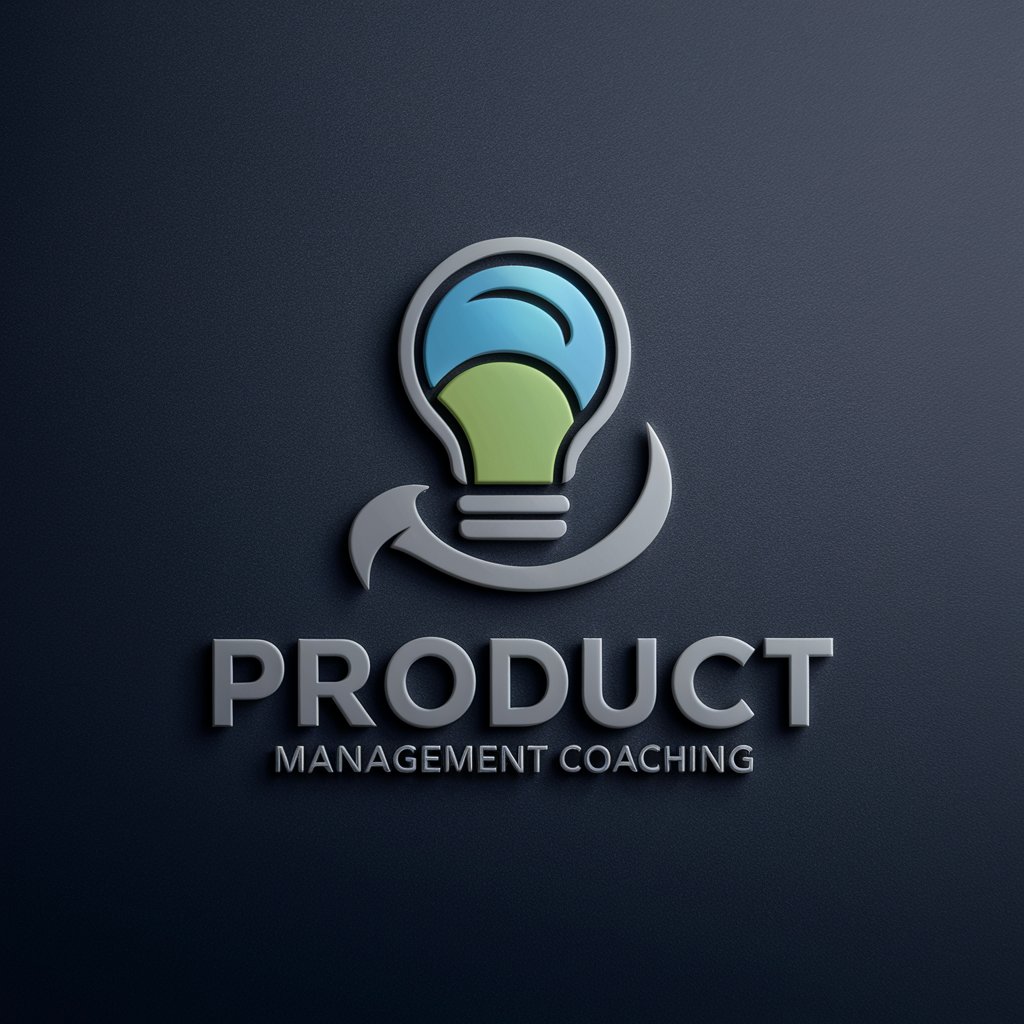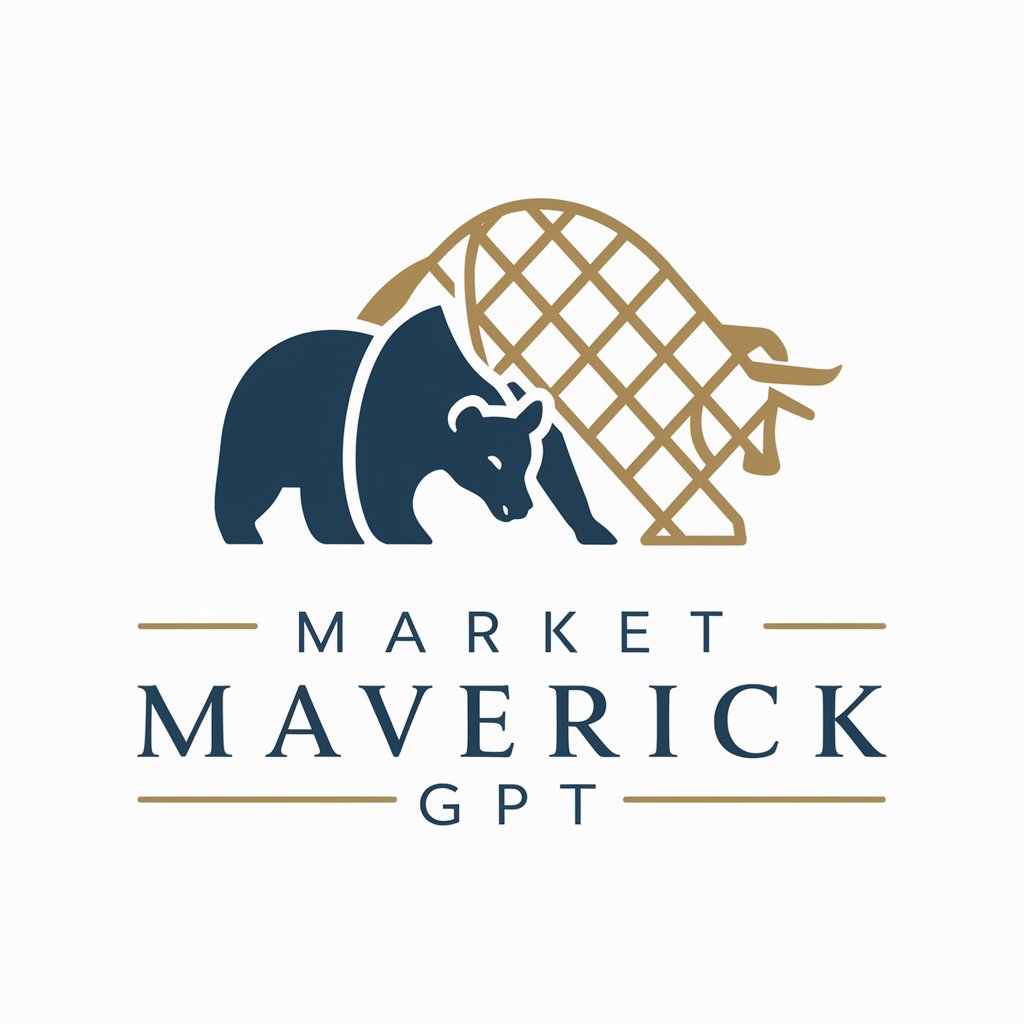
Market Research and Consumer Insights-Market Research Tool for Insights
AI-powered Insights for Smarter Business Decisions

Market Research and Consumer Insights provides a GPT specializing in analyzing consumer behavior and market trends to help inform strategic business decisions.
What insights can you provide about the latest consumer personas in the tech industry?
Can you analyze customer pain points in the online retail sector?
How do customers currently perceive our brand, based on recent market feedback?
What emerging market gaps can we capitalize on in the eco-friendly products sector?
Get Embed Code
Introduction to Market Research and Consumer Insights
Market Research and Consumer Insights is a specialized analytical domainMarket Research Overview designed to uncover, interpret, and act upon data related to customer behavior, preferences, and market dynamics. It encompasses both qualitative and quantitative research techniques to help businesses understand their current and potential customers, identify market opportunities, and make evidence-based decisions. This field combines survey research, behavioral data analysis, competitive benchmarking, and emerging trend monitoring to form a comprehensive picture of market activity. For example, a consumer electronics brand preparing to launch a new smartwatch would use market research to assess consumer interest in health-monitoring features. Through consumer insights, it might discover that users aged 25–34 prioritize battery life and fitness tracking. These insights would guide product design, messaging, and pricing strategy.
Core Functions of Market Research and Consumer Insights
Understanding Consumer Personas
Example
A fashion retailer conducts psychographic segmentation to defineMarket Research Insights Overview personas such as 'Eco-conscious Millennials' and 'Budget Fashion Seekers.'
Scenario
By analyzing social media activity and purchase histories, the retailer identifies that Eco-conscious Millennials value sustainability and local sourcing. This informs product development and the marketing strategy, leading to a new eco-friendly clothing line.
Identifying Customer Pain Points
Example
A SaaS company uses customer support tickets and churn analysis to find that users often drop out due to a complex onboarding process.
Scenario
By redesigning its onboarding UX with guided tutorials and live chat support, the company reduces churn by 18% in one quarter, directly addressing pain points through targeted improvements.
Evaluating Customer Satisfaction
Example
A hospitality chain implements real-time feedback tools like post-stay surveys and sentiment analysis on TripAdvisor reviews.
Scenario
This enables hotel managers to pinpoint service issues—e.g., frequent mentions of poor check-in experiences—and retrain staff accordingly, improving satisfaction scores by 12% year-over-year.
Primary Users of Market Research and Consumer Insights
Marketing and Brand Managers
These professionals rely on consumer insights to tailor campaigns, position products effectively, and optimize brand messaging. For example, a CPG brand manager may use insights from in-store shopper behavior and loyalty programs to personalize digital ads and increase campaign ROI.
Product Development Teams
Product managers and R&D teams use market research to validate product concepts, prioritize features, and identify unmet needs. A tech startup developing a fitness app may use user diaries and A/B testing to understand which features (e.g., goal tracking vs. social sharing) drive higher retention rates.
How to Use Market Research and Consumer Insights
Start with a Free Trial
Identify Your Research Goals
Before diving into research, clearly define your objectives. What consumer behavior patterns are you interested in? Are you analyzing customer satisfaction, market gaps, or emerging trends? Knowing your goals will help you target the right data and insights.
Select the Relevant Data Sources
Choose from available data sources such as surveys, feedback forms, social media analytics, or sales data. Select the most relevant sources based on your research goals. Market Research tools can pull real-time consumer insights to give you actionable data.
Utilize Advanced Analysis Tools
Once you’ve gathered data, use tools like sentiment analysis, trend forecasting, and segmentation analysis. These features will help you extract deeper insights from raw data, understand consumer motivations, and identify gaps orMarket Research Guidelines opportunities in the market.
Refine Insights and Form Actionable Strategies
After analyzing the data, distill your findings into actionable strategies. These could include product improvements, marketing strategies, or new market entries. Tailor your approach based on the data-backed insights generated to enhance business decisions.
Try other advanced and practical GPTs
Jobs to be done Pro 🎯 | JTBD Analysis & Insights
AI-powered tool for uncovering what customers truly need

台本クオリティチェッカー
AI-powered script evaluation for YouTube creators.

自我強度向上ちゃん
AI-powered goal coach with a smile

アンチコメント分析ちゃん
AI-powered anti-hate analysis with heart
French Teacher
AI-powered tool for mastering French conversation

要件定義ネイター
AI-driven assistant for defining software requirements

Financial Statement Analyzer
AI-Powered Financial Insights Simplified.

Trader GPT
AI-powered trading insights with real-time data

5e Developer
AI-driven tools for building immersive 5e adventures

aiogram 3 Developer
AI-powered helper for building Telegram bots

Odoo developer
AI-powered ERP solutions for businesses

行銷文案助手
AI-powered copywriting for ads and branding

- Product Development
- Competitive Analysis
- Brand Strategy
- Consumer Trends
- Market Gaps
Frequently Asked Questions About Market Research and Consumer Insights
What is Market Research and Consumer Insights?
Market Research and Consumer Insights is a tool designed to analyze consumer behavior, market trends, and feedback. It helps businesses identify customer pain points, motivations, and satisfaction levels. The tool uses advanced analytics to provide actionable insights that drive strategic decisions.
How can this tool improve customer satisfaction?
This tool collects real-time feedback, tracks sentiment analysis, and identifies key pain points. By analyzing consumer responses across multiple channels, businesses can quickly adapt to consumer needs, improving customer satisfaction and loyalty.
What types of businesses can benefit from this tool?
Businesses across all sectors—from retail and e-commerce to technology and service industries—can benefit. Whether you’re looking to track consumer trends, improve product offerings, or analyze competitive markets, this tool provides valuable insights for any business aiming to enhance customer experience.
How does this tool identify market gaps?
By analyzing current consumer behavior and market trends, the tool highlights areas where demand outpaces supply, or where there is a lack of consumer satisfaction. These gaps often lead to opportunities for new products, services, or marketing strategies.
Can I use this tool without any previous market research experience?
Yes, the tool is designed to be user-friendly, with intuitive interfaces and guided analysis. Even without prior market research experience, users can gain valuable insights by following the provided instructions and using the platform’s automated features.





